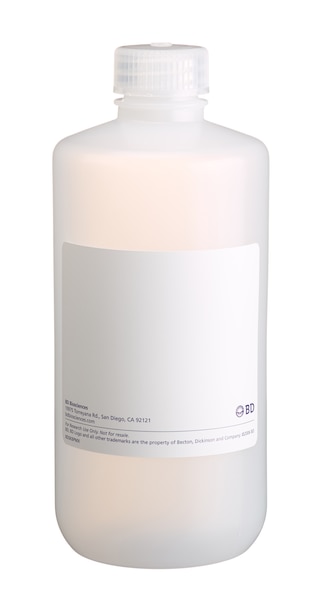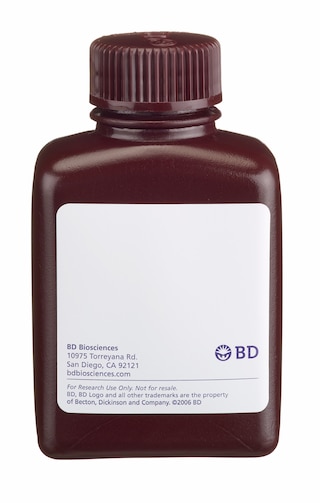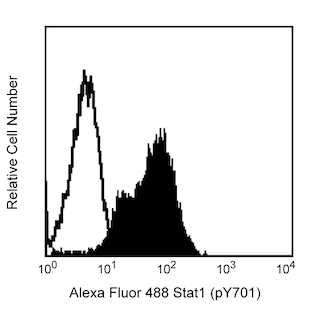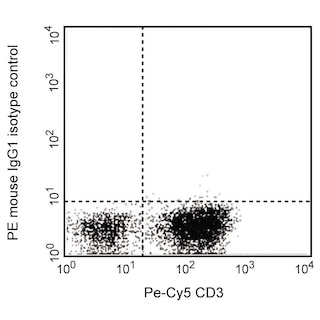-
抗体試薬
- フローサイトメトリー用試薬
-
ウェスタンブロッティング抗体試薬
- イムノアッセイ試薬
-
シングルセル試薬
- BD® AbSeq Assay | シングルセル試薬
- BD Rhapsody™ Accessory Kits | シングルセル試薬
- BD® Single-Cell Multiplexing Kit | シングルセル試薬
- BD Rhapsody™ Targeted mRNA Kits | シングルセル試薬
- BD Rhapsody™ Whole Transcriptome Analysis (WTA) Amplification Kit | シングルセル試薬
- BD® OMICS-Guard Sample Preservation Buffer
- BD Rhapsody™ ATAC-Seq Assays
- BD Rhapsody™ TCR/BCR Next Multiomic Assays
-
細胞機能評価のための試薬
-
顕微鏡・イメージング用試薬
-
細胞調製・分離試薬
-
- BD® AbSeq Assay | シングルセル試薬
- BD Rhapsody™ Accessory Kits | シングルセル試薬
- BD® Single-Cell Multiplexing Kit | シングルセル試薬
- BD Rhapsody™ Targeted mRNA Kits | シングルセル試薬
- BD Rhapsody™ Whole Transcriptome Analysis (WTA) Amplification Kit | シングルセル試薬
- BD® OMICS-Guard Sample Preservation Buffer
- BD Rhapsody™ ATAC-Seq Assays
- BD Rhapsody™ TCR/BCR Next Multiomic Assays
- Japan (Japanese)
-
Change country/language
Old Browser
Looks like you're visiting us from {countryName}.
Would you like to stay on the current country site or be switched to your country?


.png)

Flow cytometric analysis of BMI-1 expression in human osteosarcoma cell line. U-2 OS cells (ATCC; HTB-96™) were fixed with BD Cytofix™ Fixation Buffer (Cat. No. 554655) and permeabilized with BD Phosflow™ Perm Buffer III (Cat. No. 558050). The cells were stained with either PE Mouse IgG1, κ Isotype Control (dashed line histogram, Cat. No. 554680) or PE Mouse anti-Human BMI-1 antibody (solid line histogram, Cat. No. 562528) at matched concentrations. The fluorescence histograms were derived from events with the forward and side light-scatter characteristics of intact cells. Flow cytometry was performed on a BD FACSCanto™ II Flow Cytometry System.
.png)

BD Pharmingen™ PE Mouse anti-Human BMI-1
.png)
Regulatory Statusの凡例
Any use of products other than the permitted use without the express written authorization of Becton, Dickinson and Company is strictly prohibited.
Preparation and Storage
Product Notices
- This reagent has been pre-diluted for use at the recommended Volume per Test. We typically use 1 × 10^6 cells in a 100-µl experimental sample (a test).
- An isotype control should be used at the same concentration as the antibody of interest.
- For fluorochrome spectra and suitable instrument settings, please refer to our Multicolor Flow Cytometry web page at www.bdbiosciences.com/colors.
- Please refer to www.bdbiosciences.com/us/s/resources for technical protocols.
- Caution: Sodium azide yields highly toxic hydrazoic acid under acidic conditions. Dilute azide compounds in running water before discarding to avoid accumulation of potentially explosive deposits in plumbing.
- All other brands are trademarks of their respective owners.
- Source of all serum proteins is from USDA inspected abattoirs located in the United States.
関連製品




The P51-311 monoclonal antibody binds to human BMI-1 (B lymphoma Mo-MLV insertion region 1 homolog). BMI1 is a c-myc cooperating oncogene that encodes an ~45 kDa protein that is a member of the Polycomb Group (PcG) of proteins. PcG proteins are essential for the maintenance, but not initiation, of the transcriptionally repressed state of certain developmental genes. PcG proteins are a structurally diverse group of proteins with conserved functions from fly to human cells. PcG proteins form complexes and regulate the expression of genes involved in cell cycle, DNA repair and differentiation that are crucial for maintaining the self renewal of normal and cancer stem cells. Specifically, BMI-1 is a core component of PRC1 (polycomb repressive complex 1). BMI-1, via the up-regulation of hTERT and independent of c-myc, can immortalize mammary epithelial cells. BMI-1 has also been shown to repress the INK4A locus that controls the tumor suppressors p16 and p19ARF (mouse homologue of p14ARF) in mouse models. BMI-1 plays a role in maintaining the self-renewal capacities of stem cells including hematopoietic, intestinal, retinal and neural stem cells. During antibody development, the purified P51-311 monoclonal antibody was found to detect BMI-1 by Western blot analysis of cellular lysates and by indirect immunofluorescent staining and flow cytometric analysis of fixed and permeabilized cells.

Development References (6)
-
Dimri GP, Martinez JL, Jacobs JJ. The Bmi-1 oncogene induces telomerase activity and immortalizes human mammary epithelial cells. Cancer Res. 2002; 62(16):4736-4745. (Biology). View Reference
-
Itahana K, Zou Y, Itahana Y. Control of the replicative life span of human fibroblasts by p16 and the polycomb protein Bmi-1. Mol Cell Biol. 2003; 23(1):389-401. (Biology). View Reference
-
Molofsky AV, Pardal R, Iwashita T, Park IK, Clarke MF, Morrison SJ. Bmi-1 dependence distinguishes neural stem cell self-renewal from progenitor proliferation. Nature. 2003; 6961(962):967. (Biology). View Reference
-
Park IK, Qian D, Kiel M, et al. Bmi-1 is required for maintenance of adult self-renewing haematopoietic stem cells. Nature. 2003; 423(6937):302-305. (Biology). View Reference
-
Sangiorgi, E., Capecchi, M. R. Bmi1 is expressed in vivo in intestinal stem cells. Nat Genet. 2008; 40(7):915-920. (Biology). View Reference
-
Tian H, Biehs B, Warming S, et al. A reserve stem cell population in small intestine renders Lgr5-positive cells dispensable. Nature. 2011; 478(7368):255-259. (Biology). View Reference
Please refer to Support Documents for Quality Certificates
Global - Refer to manufacturer's instructions for use and related User Manuals and Technical data sheets before using this products as described
Comparisons, where applicable, are made against older BD Technology, manual methods or are general performance claims. Comparisons are not made against non-BD technologies, unless otherwise noted.
For Research Use Only. Not for use in diagnostic or therapeutic procedures.
Report a Site Issue
This form is intended to help us improve our website experience. For other support, please visit our Contact Us page.